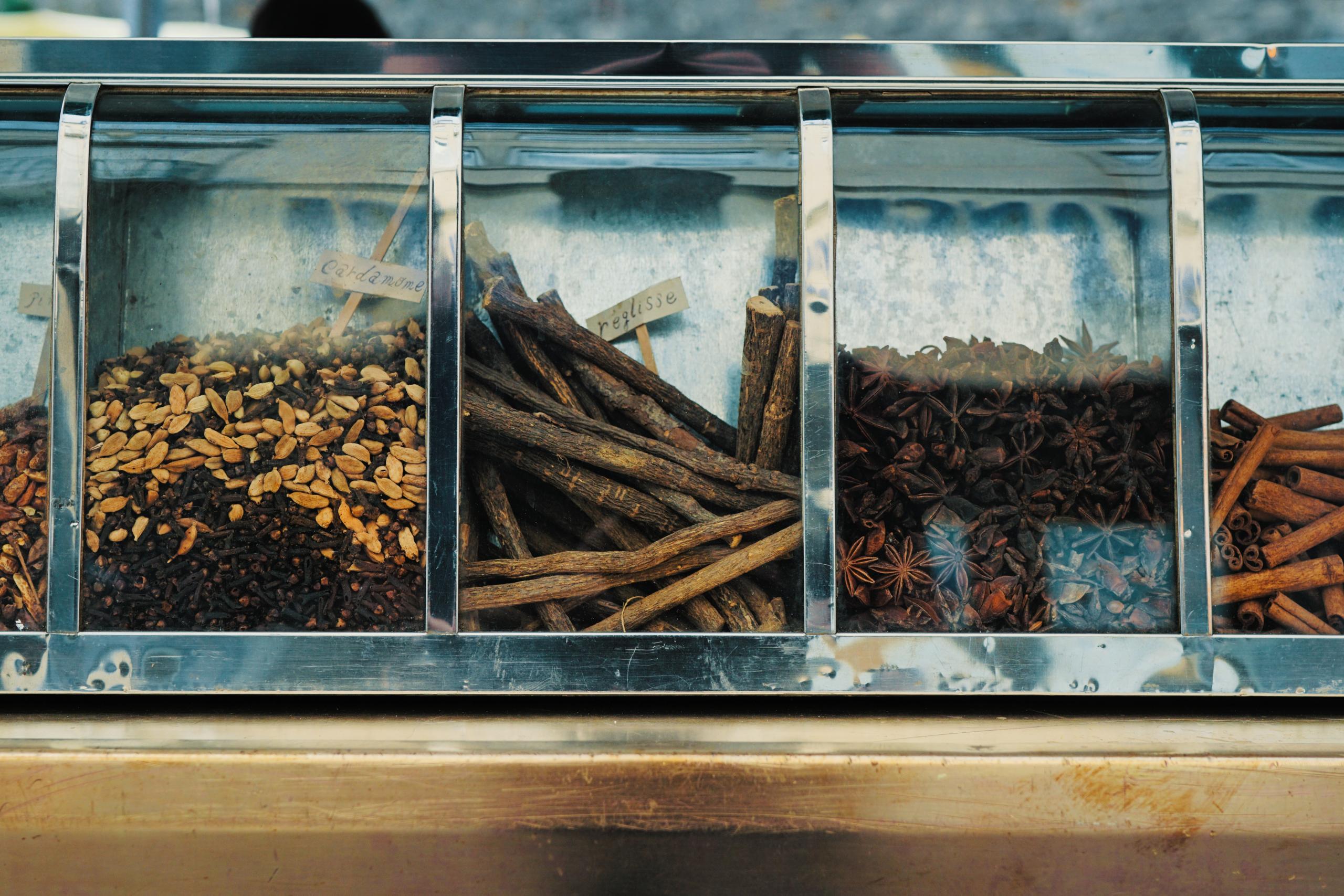
All you need
to know about
Bitters
in a nutshell
A bitter is traditionally an alcoholic preparation flavored with botanical matter so that the end result is characterized by a bitter, sour, or bittersweet flavor. Numerous longstanding brands of bitters were originally developed as patent medicines, but now are sold as digestifs, sometimes with herbal properties, and cocktail flavorings*.
The regulations
According to the EU
Bitter-tasting spirit drinks or bitter are:
(a) Bitter-tasting spirit drinks or bitter are spirit drinks with a predominantly bitter taste produced by flavouring ethyl alcohol of agricultural origin with natural and/or nature-identical flavouring substances
(b) The minimum alcoholic strength by volume of bitter-tasting spirit drinks or bitter shall be 15 %.
(c) Bitter tasting spirit drinks or bitter may also be sold under the names ‘amer’ or ‘bitter’ with or without another term.
At Spiritsfully, we like to consider there are two categories
1/ Cocktail bitters which are very bitter alcoholic liquids that started out as medicinals but are now used to bring a bitter flavour to cocktails
2/ The other category of bitter refers to “the collective class of Italian-made aromatic, herbal, bittersweet liqueurs traditionally served as a digestif after a meal.”* Amaro indeed means « bitter » in Italian. This category, which we gonna name digestive bitters here exist in other countries than Italy: in Germany, they are referred to as Kräuterliqueurs, in France as « un amer » (amer=bitter). The style varies widely across different brands.
*I found this sentence in many places but can’t track where it came from it the first place, if you do, please let me know
The geography of bitters
Everywhere! Even though this is mostly a Western beverages hence most commonly found in old Europe.
The history of bitters
At the origin, bitters were developed for medicinal purposes, with ingredients generally thought to provide good health preserved in a neutral liquor, from helping with digestion to having a better blood pressure. Why this combinaison alcohol and medicinal plants in the first place?
Alcohol makes it possible to extract the active substances easily and efficiently, and ensures a good stabilisation of the preparation by stopping enzymatic and hydrolytic reactions, as well as microbial activities. It is also an excellent carrier of medicinal substances within the body, reinforcing their therapeutic effect.
It is also good to remember that wines were already perfumed with herbs before then, less for medicinal purpose than for impacting a new set of flavour.
How are bitters made?
Again, we’re not into a spirit category, this is why all the usual steps you find for other spirits (conversion, fermentation, distillation, maturing, etc) are not valid here.
The ingredients aka the base material of bitters
Botanicals
Sugar (not always)
Neutral alcohol
The styles of bitters
Two stories about styles of bitters to start with!
Fernet and other Swedish Elixir
A Fernet is a bitter and it can also be a liqueur depending of the sugar level of the beverage. Actually you may also find alcohol free Fernet bitters.
What is the history?
Like all bitter and liqueurs, the story goes back to the beginning of time. The most famous of the Fernet, Fernet Branca, dates back to 1845. This bitter was created by Bernadino Branca in response to a cholera crisis in Milan.
If all these bitters are called Fernet it is because they all refer to a Dr. of the same name who may never have existed but who would have come from Sweden, and who would have lived more than 100 years thanks to this famous remedy. This Swedish origin is at the origin of the word Swedish bitters or Elixir du Suédois. These two beverages are very closely related, one being the ancestor of the other. The Swedish elixir is an ancient liqueur composed of about sixty plants very famous in the traditional pharmacopoeia. This blend of plants macerated in alcohol or wine therefore began its career as a medicine.
Let’s get back to Dr. Fernet.
Fernet Branca is one of the versions of the different bitters that have existed. Mentions of tonic was common in the medical literature throughout the 17th and 18th centuries. The doctor’s name was sometimes different (sometimes Hierner or Ivernex or Fernet -that remains in posterity in the 19th century) the name of the remedies too depending who did it. Fernet Branco was named like this because it was made by a mister Branca who wanted to be associated with the mysterious Dr. There was really a famous doctor Kristian Henrik Hjärne who in 1739 praised the merits of the potion, but left no trace of a recipe.
What is it made of?
What has never changed over the past centuries are the main ingredients. The main items were aloe, gentian, saffron agaric and rhubarb. To allow the absorption of this bitter potion, we added what is called a theriacal mixture (Cape Aloe, aniseed, cinnamon, lemon, sweet fennel, gentian, ginger, red quinquina, liquorice, saffron, valerian). In short, this elixir of Swedish or here his grandson Fernet is a mixture of mixtures given the quantity of ingredients. Le Fernet is a modern reinterpretation of the 19th century. There is no distillation. The carefully selected products are macerated in a wine distillate. There are less than for a Swedish elixir. Once assembled, the product rests in wooden casks for one year.
Angostura
Possibly the most popular brand of bitters, Angostura should be considered a must when stocking a bar of any seriousness. The story begins with Johann Gottlieb Benjamin Siegert, a German doctor who found himself in Angostura, Venezuela in 1824 where he created this secret blend of tropical herbs and plants with the intent of curing a variety of illnesses. The brand is now produced in Trinidad and the blend is still a well-kept, but much appreciated secret. The oversized, awkward label has also become a trademark of the brand. It’s said that the wrong size was ordered and everyone in the facility thought someone else would fix the mistake, no one did and the label remains.
Peychaud
Antoine Peychaud was an apothecary in 1830’s New Orleans and began his mixing career after hours in his pharmacy. It was at that time that Peychaud mixed up his secret-recipe bitters with brandy and absinthe and created the first Sazerac, a cocktail that defined and influenced future cocktails. Peychaud’s bitters are used today in a number of cocktails.
RESOURCES/SOURCES
Alcools by Andre Hominé and Bières, Vins et Spiritueux à travers le monde by Stuart Walton and Brian Glover (the original book is in English though)
The quotes are coming from:
*Wikipedia
**(According to Brad Thomas Parsons in Amaro: The Spirited World of Bittersweet, Herbal Liqueurs)
And please read those articles on medium and on The Spruce Eats

